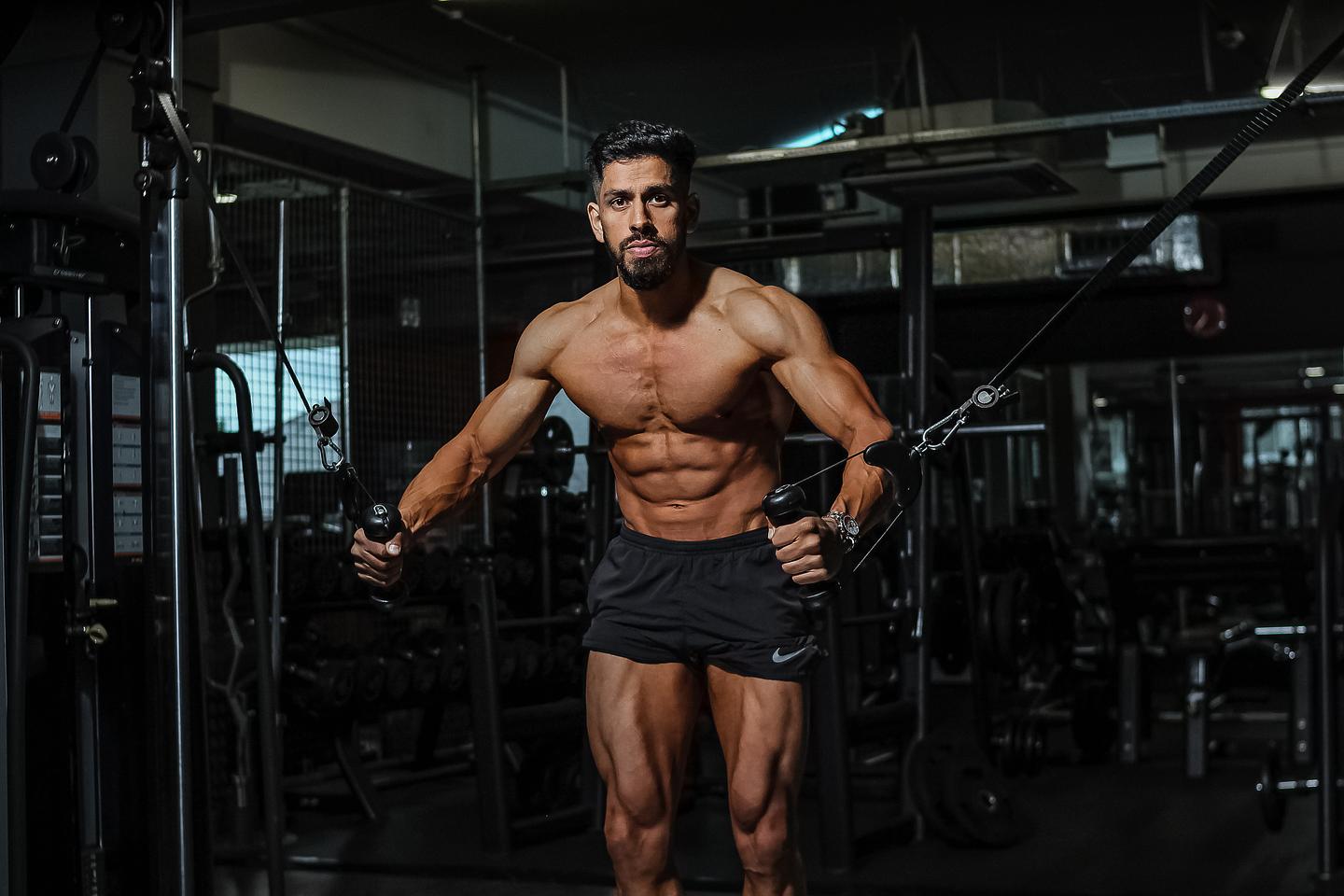
Here are some interesting links between psychology and physiology; training technique and injuries
![]() Shwetha Jairam
·
Mar 4th, 2022
Shwetha Jairam
·
Mar 4th, 2022
Shwetha, a mother of two, once struggled with low energy levels while navigating the challenges of raising her children. Determined to reclaim her vitality, she decided she needed to learn how to make time for her health while managing her responsibilities at work and at home. There began her journey to embrace strength training and healthy living. Through her personal journey to finding strength, she saw that striking a healthy balance was a common struggle faced by many. That’s when she resolved to enhance her knowledge of exercise and nutrition so she could share her experience and empower others to embrace active, healthy lifestyles. When she is not coaching, she oversees customer success, ensuring that all our members enjoy a high level of service
Read StoryTake our scorecard to find out if RNT is a fit in under 10 minutes.
Take The Free QuizStart reading our Amazon best-selling book today and apply our five-phase methodology to feel, look and perform at your best.
Start Reading NowAre you ready to transform your body in 2026?
Join Now